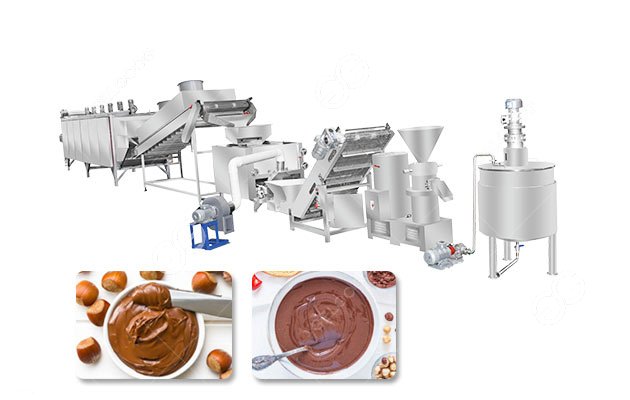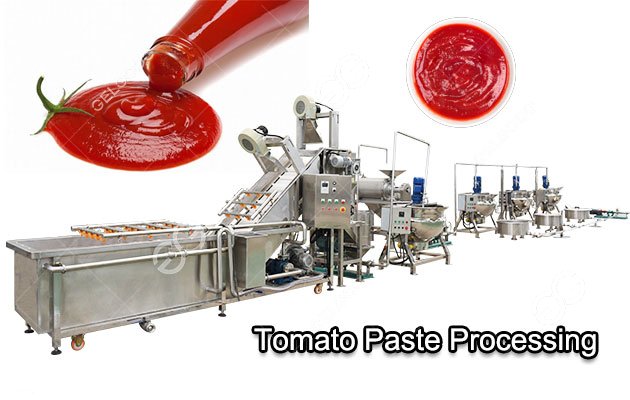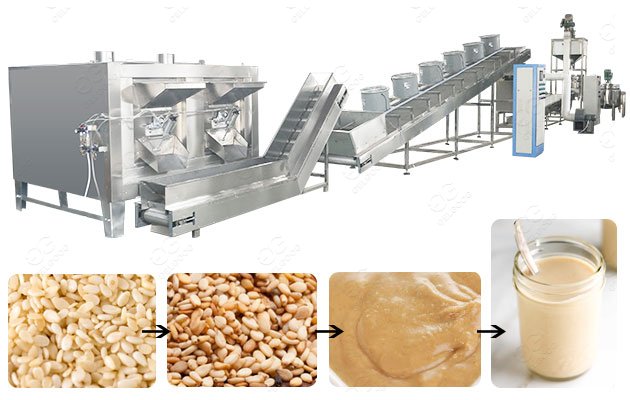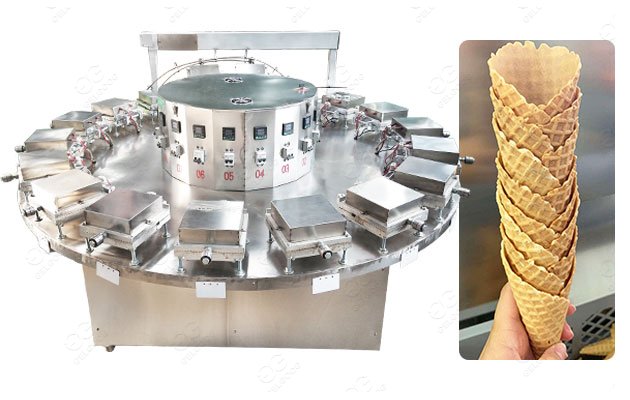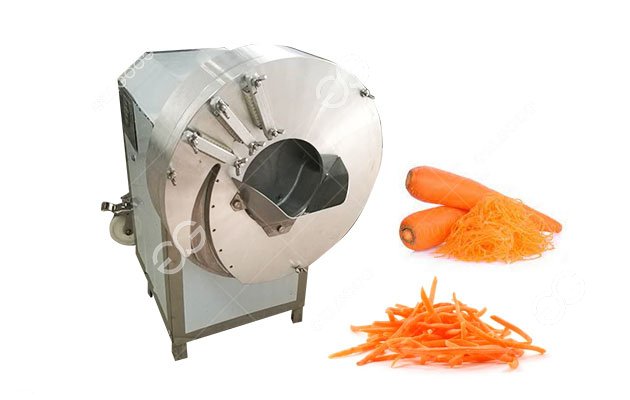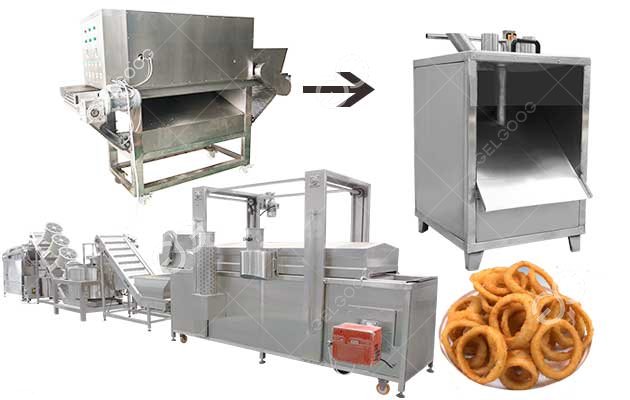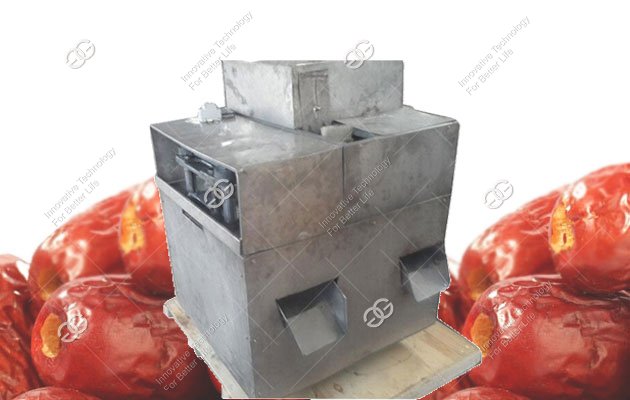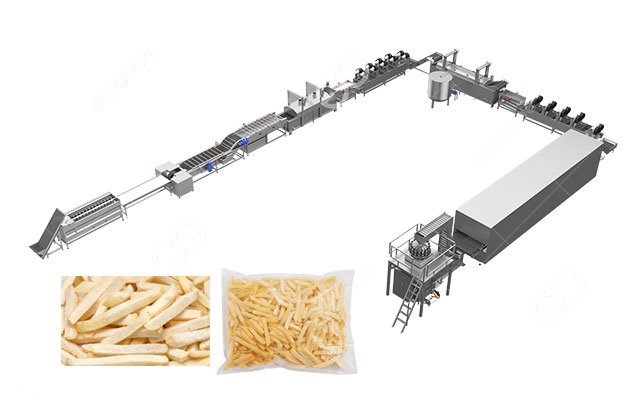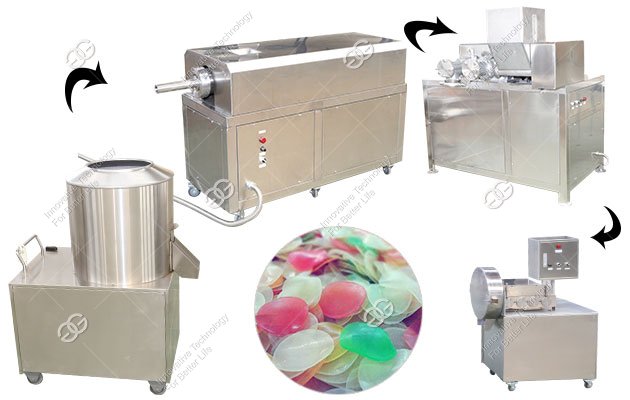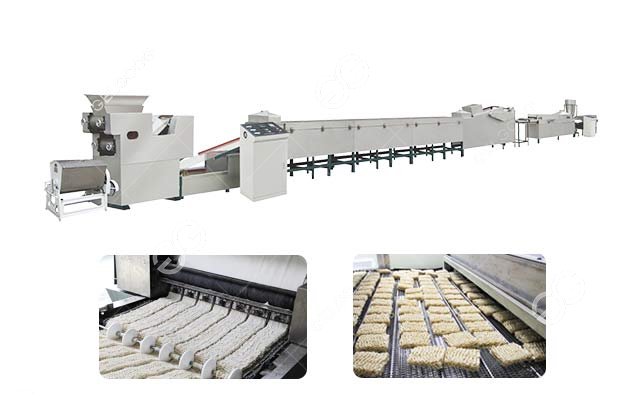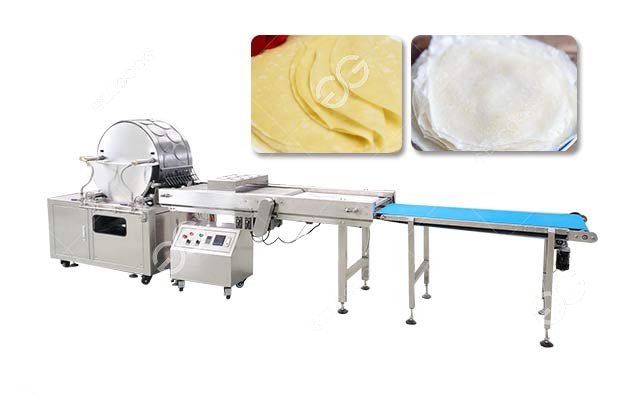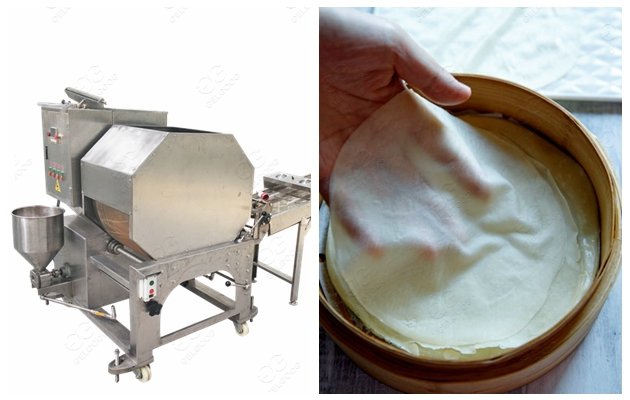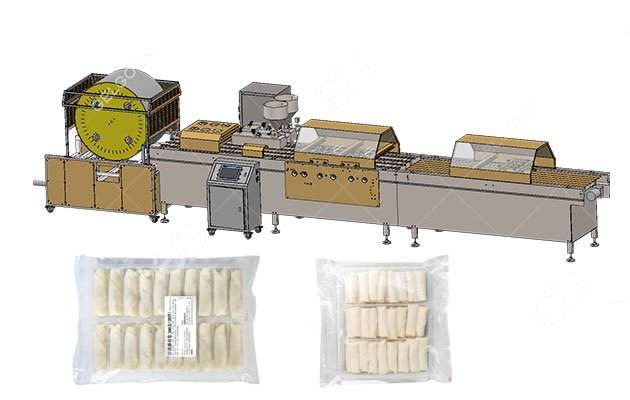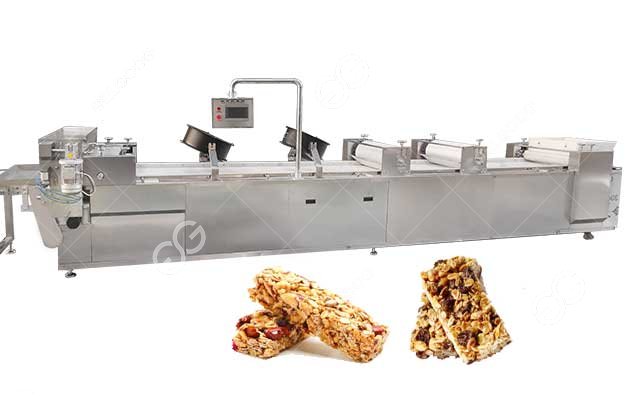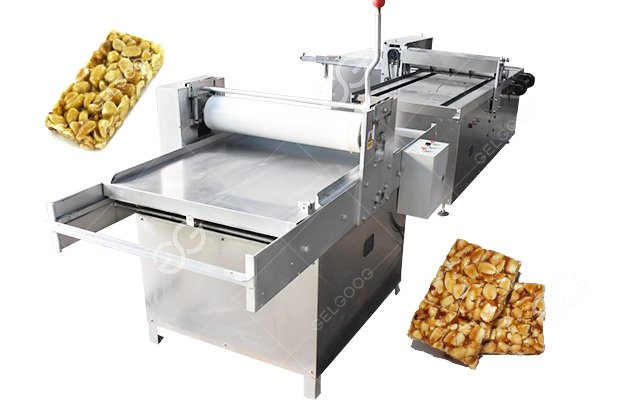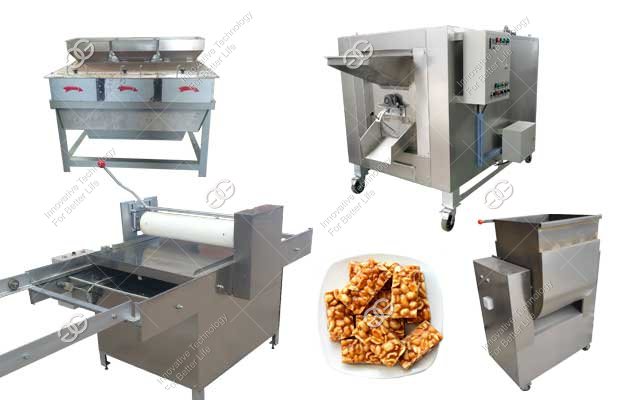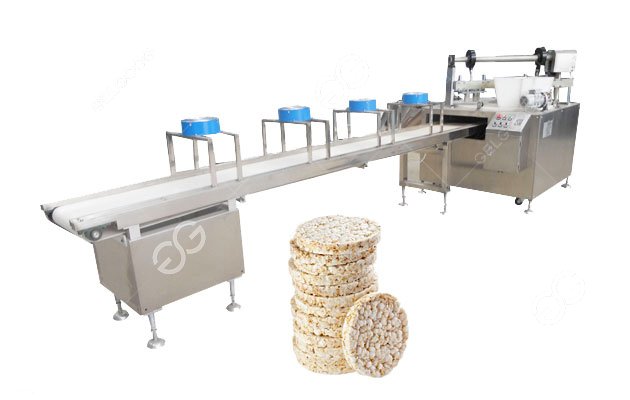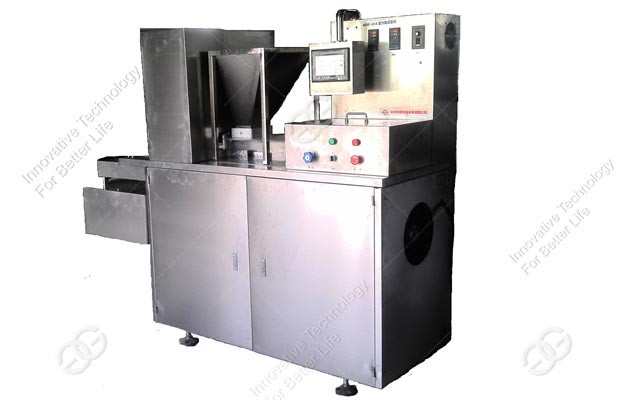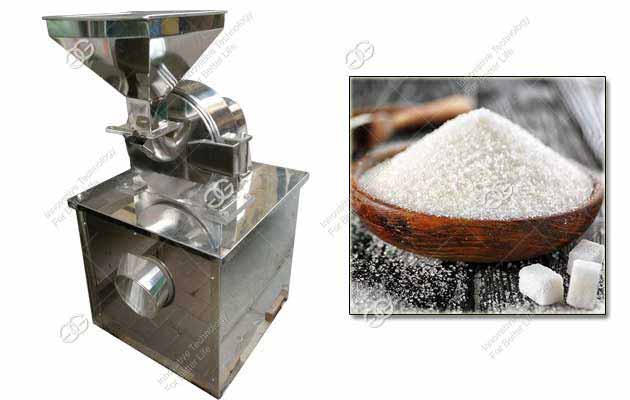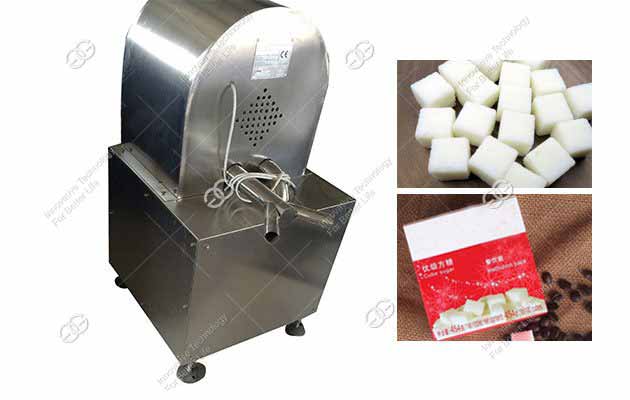Side-knowledge: Papermaking is the largest non-food application for starches globally
2016-12-02 by admin
Papermaking is the largest non-food application for starches globally, consuming millions of metric tons annually.[10] In a typical sheet of copy paper for instance, the starch content may be as high as 8%. Both chemically modified and unmodified starches are used in papermaking. In the wet part of the papermaking process, generally called the "wet-end", the starches used are cationic and have a positive charge bound to the starch polymer. These starch derivatives associate with the anionic or negatively charged paper fibers / cellulose and inorganic fillers. Cationic starches together with other retention and internal sizing agents help to give the necessary strength properties to the paper web formed in the papermaking process (wet strength), and to provide strength to the final paper sheet (dry strength).
In the dry end of the papermaking process, the paper web is rewetted with a starch based solution. The process is called surface sizing. Starches used have been chemically, or enzymatically depolymerized at the paper mill or by the starch industry (oxidized starch). The size/starch solutions are applied to the paper web by means of various mechanical presses (size presses). Together with surface sizing agents the surface starches impart additional strength to the paper web and additionally provide water hold out or "size" for superior printing properties. Starch is also used in paper coatings as one of the binders for the coating formulations which include a mixture of pigments, binders and thickeners. Coated paper has improved smoothness, hardness, whiteness and gloss and thus improves printing characteristics.
If you will supply customer demand for starch in time ,you shou choose Gelgoog’s High Output Starch prodution line, It is a physical separation process which makes the starch separated from the cellulose, protein, inorganic salt and other material in fresh cassava tubers. After crushing fresh cassava into mash materials, we add water in the mash and use a filter to remove the residue, and then we get starch milk with protein, a little tiny cellulose, and other impurities in it. Because of starch is not soluble in cold water and has different specific gravity with water, specially designed machinery equipments can be used for separating starch from starch milk, and finally achieving the purpose of collecting starch.
Message
 Whatsapp:0086-155-1557-1373
Whatsapp:0086-155-1557-1373 Русский язык
Русский язык




